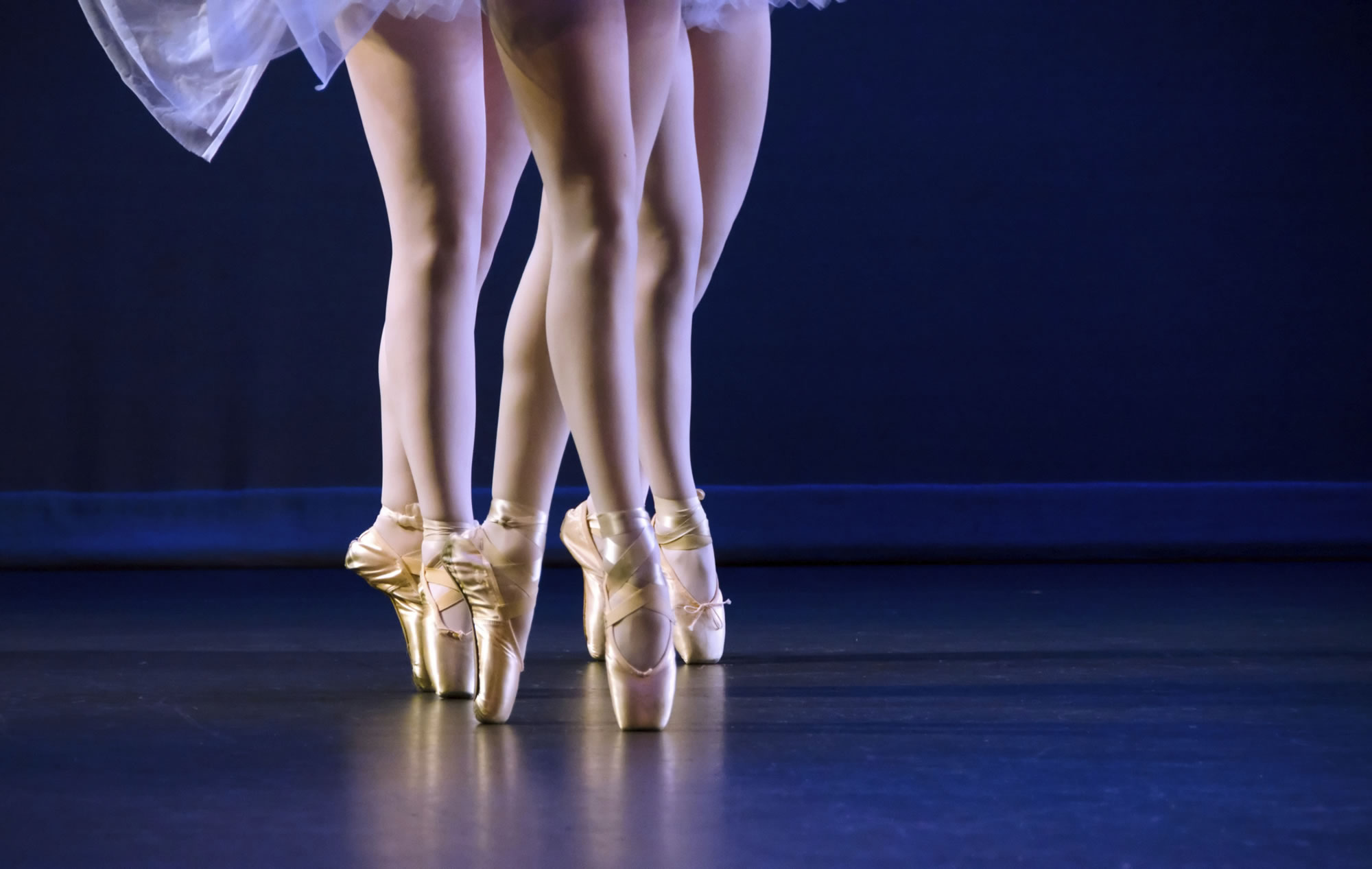
Draw younger crowds: Learn from the Pacific Northwest Ballet
The Wallace Foundation conducted a four-year case study of the Pacific Northwest Ballet’s initiative to better engage a younger audience as part of its studies into building arts audiences. The full report, published in the spring of 2015, is available here.
The initiative by PNB began by conducting focus groups, divided into four age segments, which found that a fear of not understanding and poor engagement with advertising and the website were the key culprits in keeping young audiences away.
The first issue addressed, which required little research, was reducing ticket prices; PNB addressed this issue among teens, college students, and young professionals. For teens, PNB partnered with TeenTix, a Seattle company offering $5 day-of tickets for 60 organizations across the city; for students, PNB offered half-price day-of rush tickets; and for younger professionals, PNB implemented a social program for people ages 21-39, called Backstage Pass, in which a $50 annual membership provided discounted tickets, as well as access to intermission and post-show gatherings with peers and artists.
Pacific Northwest Ballet’s website and rebranding initiative received a $750,000 Wallace Excellence Award from The Wallace Foundation. In their focus groups, PNB learned that their website made them seem aloof to visitors. Marketing Director Ellen Walker realized that, “The website didn’t do anything to dispel these perceptions. It did not have the kind of freshness that we feel is part of our identity.” (24) Many arts organizations could come to a similar realization.
The website redesign put more power in the customer’s control, including seat selection, subscription purchase, and a donation at the end of purchase, if desired. All three of these functions had required calling the box office previously. Video content was developed once a week for the website by a marketing department intern and continues to be as of this posting. The company even posted a video directed to Boston Ballet following the 2015 Super Bowl between the Seattle Seahawks and the New England Patriots in response to a friendly bet between the two companies.
The Wallace report states that mid-2014, the PNB YouTube channel had more than 15,000 subscribers. As of September 2015, that number was approaching 30,000.
The rebranding initiative included changing color schemes and a lighter, more fluid logo. Images were also altered in advertising. “Distant shots of on-stage performances and images of dancers holding poses that focus group participants found awkward were dropped in favor of close-up photos of PNB dancers showing intense emotional expressions or gazing directly at the viewer.” (40) Focusing on the intimacy drew in consumers and avoided the elitism that wider shots were unintentionally conveying.
Through its social media initiative, PNB learned that these efforts are not cheap, but require several people and significant time. Their focused effort worked to generate revenue. “In 2012 alone, Facebook brought 28,672 visitors to pnb.org, leading to 389 transactions that generated revenue of $47,636.” (51)
Results are always the key measurement, but, also, often the hardest to definitively correlate. While measurements such as subscriptions and single ticket sales have gone up and down, there has been a consistent increase in internet engagement and young adult participation – teen sales doubled over the course of the study. Two things are clear, improved access and communications are going to build the future audiences for ballet, orchestras, and opera companies.
